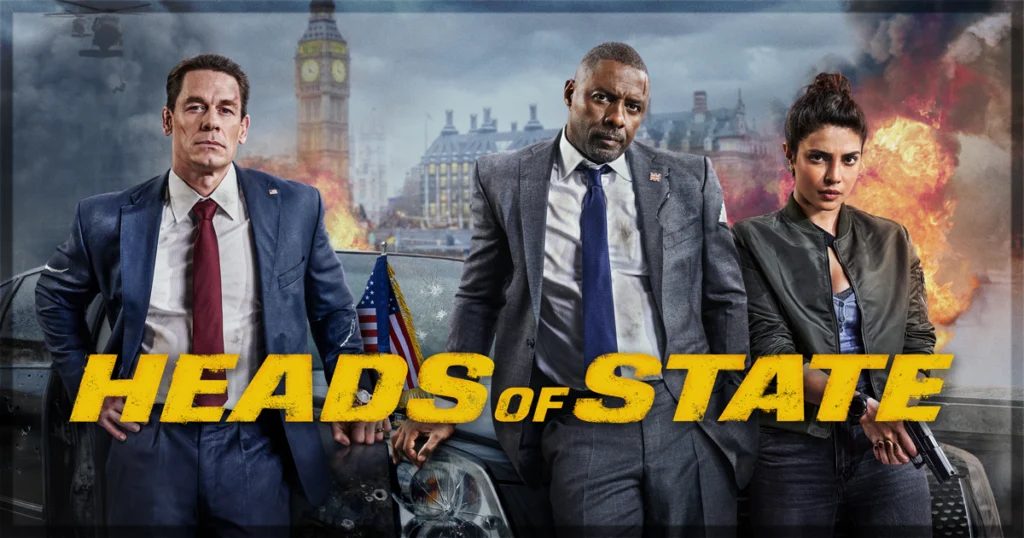There are films that, regardless of their cinematic quality, earn a very special place in the hearts of audiences. Happy Gilmore (1996), starring Adam Sandler and co-written with Tim Herlihy, is one such case. Much like many of Sandler’s comedies from the ’90s and early 2000s, it didn’t stand out for its narrative sophistication or exceptional direction, but rather for its unapologetically absurd, cartoonish humor, packed with unforgettable lines and ridiculously hilarious situations. It’s this nostalgic spirit that, almost three decades later, brings Happy Gilmore 2 to Netflix as yet another example of the growing trend of “legacy sequels”: long-delayed follow-ups to iconic movies that appeal equally to the emotional memory of fans and the commercial thirst of studios.
This time, the film is directed by Kyle Newacheck (Murder Mystery), with the script remaining in the hands of the original creators, which helps preserve the identity of the first movie. Sandler returns as Happy Gilmore – now older, though certainly not more mature – joined by a cast full of new characters, surprising cameos, and, of course, some familiar faces.
At the heart of the story, Happy has stepped away from the golf spotlight, living a relatively peaceful life, though his impulsive temper and secret vices remain very much alive. An unexpected invitation to return to a version of the professional circuit drastically transformed by technology, social media, and eccentric new figures forces him to face the clash between tradition and modernity – between “pure” golf and the digitized spectacle. Here, Happy Gilmore 2 surprisingly manages to develop a central theme: the struggle between past and present, the challenge of preserving the essence of something in an era dominated by exaggerated trends driven purely by engagement.
That generational clash is clearly reflected in scenes where Happy faces off with the new stars of Maxi Golf, many of them clearly inspired by influencers, streamers, and pop culture personalities. Happy Gilmore 2 cleverly mocks the superficiality and theatricality of today’s world, without ever losing its carefree tone. It’s in this balance that much of the film’s fun resides.
The first movie’s signature humor remains intact, with Sandler bringing back his fits of rage and transforming unexpected objects into creative alcohol hiding spots – from golf balls to cucumbers, anything becomes a drinking vessel. This constant reinvention of a recurring gag never loses its punch, providing some of the sequel’s funniest moments. The irreverence and almost childish violence that defined the original are also present, now passed on “genetically” to the protagonist’s children, who deliver some of the most hilarious scenes as they mimic their father’s out-of-control impulses – including those where any vaguely phallic object becomes an excuse for a silly rodeo.
For attentive fans, Happy Gilmore 2 is packed with direct references to the original: from recreations of classic scenes to famous quotes that became viral over the decades. However, these callbacks never feel excessive or forced – they flow naturally within the narrative and help reinforce the emotional connection to the first film.
On the downside, the overly polished look typical of Netflix productions remains a major distraction. The uniform lighting, nearly sterile sets, and exaggerated digital post-production strip away some of the raw authenticity that characterized ’90s comedies. While this doesn’t ruin the experience, it does create a sense of artificiality that clashes with the spontaneous spirit the script tries to convey.
But perhaps the most unexpected element of Happy Gilmore 2 is the sheer avalanche of cameos. From sports figures to WWE wrestlers, musicians, Hollywood stars, politicians, and even names from the podcasting and digital journalism world – like Sean Evans (Hot Ones) and the duo from the Bad Friends podcast – the movie becomes a sort of modern entertainment “Who’s Who”. While many of these cameos earn a chuckle or a smirk, the frequency and volume can become a bit overwhelming, especially for viewers who don’t recognize all the faces. Still, there’s something delightfully chaotic about this approach that fits the film’s anarchic tone.
Despite all the silliness, Happy Gilmore 2 manages to introduce some simple yet effective reflections on love, loss, and family. The dynamic between Happy and his children – or between him and figures from his past – turns out to be surprisingly touching at times, particularly the main reason that brings him back to the green. Of course, these moments are brief and often interrupted by a dumb joke or a pratfall, but they still add some humanity to a movie that, on paper, didn’t need to.
Final Thoughts on Happy Gilmore 2
Happy Gilmore 2 delivers exactly what it promises: a light, nostalgic, entertaining comedy, made especially for those who grew up with Adam Sandler’s most ridiculous work. It doesn’t reinvent the wheel, nor does it try to hide its clichés or limitations. On the contrary, it embraces the absurd, celebrates the legacy of the original with a callback-filled script, and a cast that seems to be having just as much fun as the audience. For longtime fans, it’s a comforting return to the world of one of the most lovable lunatics in cinema. For everyone else, it’s just another Sandler comedy – if that’s not your thing, this won’t change your mind. But if you miss that shamelessly dumb humor of the ’90s, this sequel is like an old friend knocking on your door with a beer hidden inside a golf club.
Rating: B
Happy Gilmore 2 is now playing in theaters.
Learn more about the film, including how to watch, at the official website for the title.


